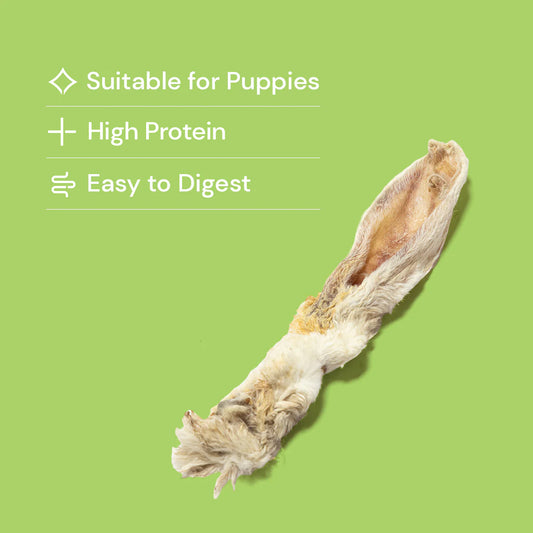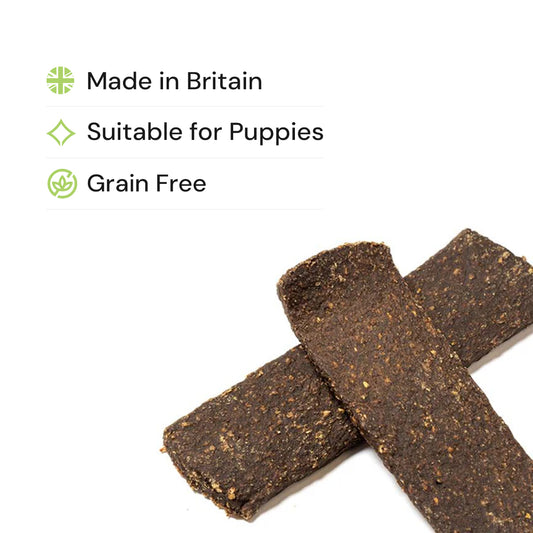
(Written by Georgia Hatton)
The nights are drawing in, and soon summer will be a distant memory.
Autumn is the best time to get your dog prepared for winter - get started by following our top tips:
1. Winter haircut
For those owners of long coated dogs, you may think summer is the best time for a haircut - but keeping them trimmed short in winter can be just as beneficial.
With wet, muddy walks becoming more frequent over winter, long coated dogs (like Zym) can end up needing to be bathed more often. Excessively bathing them can lead to the natural oils being stripped from their coats, resulting in a dry coat and itchy skin. By cutting the hair shorter, there’s less of it for dirt to get trapped in, and it’s easier to keep clean with a brush! Hair between the paw pads is a magnet for snow and ice, and can lead to painful balls forming between the pads. By keeping this hair short, it stops these, making icy walks more fun!

2. Feet touching training
Over winter it’s almost inevitable that you will wipe your dogs feet down - from removing mud, to washing off grit. Invest time now in teaching your dog that having their feet washed is a positive experience.
Spend some time daily, with lots of small treats, reinforcing that when you touch their feet they will get a tasty treat! Build this up to lifting and cleaning them, making them much easier to wash them when you need to!
3. Get your dog a coat - if they need one
Not all breeds of dogs need coats - working breeds with double, weatherproof coats, such as labradors, spaniels and collies - as well as the more obvious arctic breeds, like huskies, won’t generally need coats - although a lightweight waterproof, to keep the water off and your home drier - may be useful on wet days.
Particularly old or young dogs, as well as many smaller breeds and sighthounds, however, do need coats throughout winter. There are many different types of coats - but it’s important to pick a non-restrictive style. Our favourite brand of waterproof is Pompaa, a finnish company, these coats come in a variety of sizes, colours, and styles so your dog can be warm no matter what the weather. We also have a selection of equafleece jumpers, perfect for walking and for staying warm in the house afterwards. For dogs such as whippets, with a different body shape, there are many online, custom designers of coats who can make them to measure.

4. Pay close attention to your older dog
Approximately 1 in 5 dogs have arthritis - and it’s widely accepted that, although the mechanism for why isn’t known - symptoms such as joint pain and stiffness flare up over the winter months. Prepare for winter with a check up with your vet, to see if there are any medications or extra interventions your dog may need to stay comfortable over winter. Being overweight can make these symptoms worse, so starting a doggy diet sooner rather than later will also help. Although your dog may have coped just fine without a coat in winter when they were younger, they may need one now, especially on wet days.
Beware of slippery floors, both out of the house, and inside - and be prepared to miss a walk if necessary.
5. What to do when the walks are off
No matter how hardy you and your dogs are, most of us will miss a walk or two over the winter months. Most of our dogs will be just fine with an extra day snuggled up, especially if the weather outside is frightful, but that doesn’t mean they don’t appreciate some stimulation.
Do some training in the house - why not see if you can teach a new trick, or brush up on something old!
Another great bit of stimulation is to chew away on a long lasting chew - the most popular chews at the moment are the sausage rolls, or for the smaller dogs - the pigs in blankets.






























